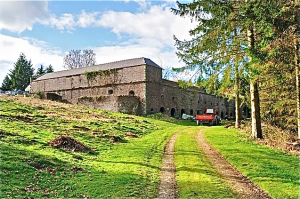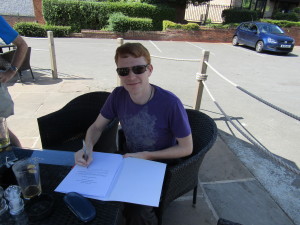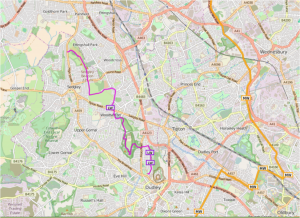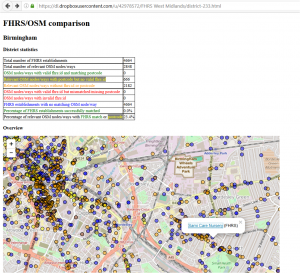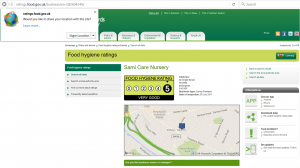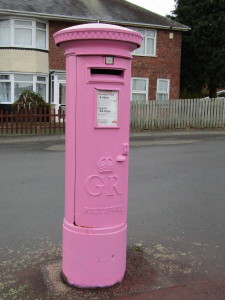Man_made=street_cabinet is not the most popular tag or object to map: there are only 753 instances in the UK according to taginfo.
However ……they are proliferating at what seems a high rate judging by my recent surveys. I started noticing street cabinets as part of a traffic management project which Birmingham City Council invited OSM to design a tagging scheme for traffic sensors associated with controlling traffic signals and assist in editing and quality control (more on this later, but probably after SotM 2016, where it will feature in a talk I’ll be giving)
Even if you don’t have a local project like this, traffic signal cabinets usually have a reference number on them to identify a set of signals and are useful for identifying them. For our project the reference number matched the sensor node reference number on the traffic management network – so it was a useful way of OSM mappers on the ground cross-checking centra data held by the Council. Who knows, if you map enough of them in your area, someone will find a use for the data?
By the way individual traffic signal poles can also have reference numbers, but I’m not advocating they all get mapped!
But back to proliferating street cabinets- always communications cabinets adjacent to phone masts. Not only are they proliferating – they’re growing in size. Some are now the size of refigerators. The collection shown here was definitely not there when I first surveyed this phone mast several years ago. The smallest one second from the left was all that was there. I guess the proliferation is down to the phenomenal growth in mobile data traffic, and possibly the sharing of masts by mobile network providers. I have seen one surrounded by 7 such cabinets! Can anyone beat that?

Should we bother mapping these? It’s down to individual preference I guess, OSM is not going to be deficient without them.
Perhaps when they become covered in graffiti and are transformed into tourism=artwork? The local taggers have already made a start on these.
But they are a significant physical presence and we do map other objects which are much smaller (most of which, it has to be said, are immediately useful, like benches, mailboxes, litter bins etc). I shall periodically amuse myself by adding significant clusters of these to OSM data.
The things you notice once you start surveying and editing with OSM!
